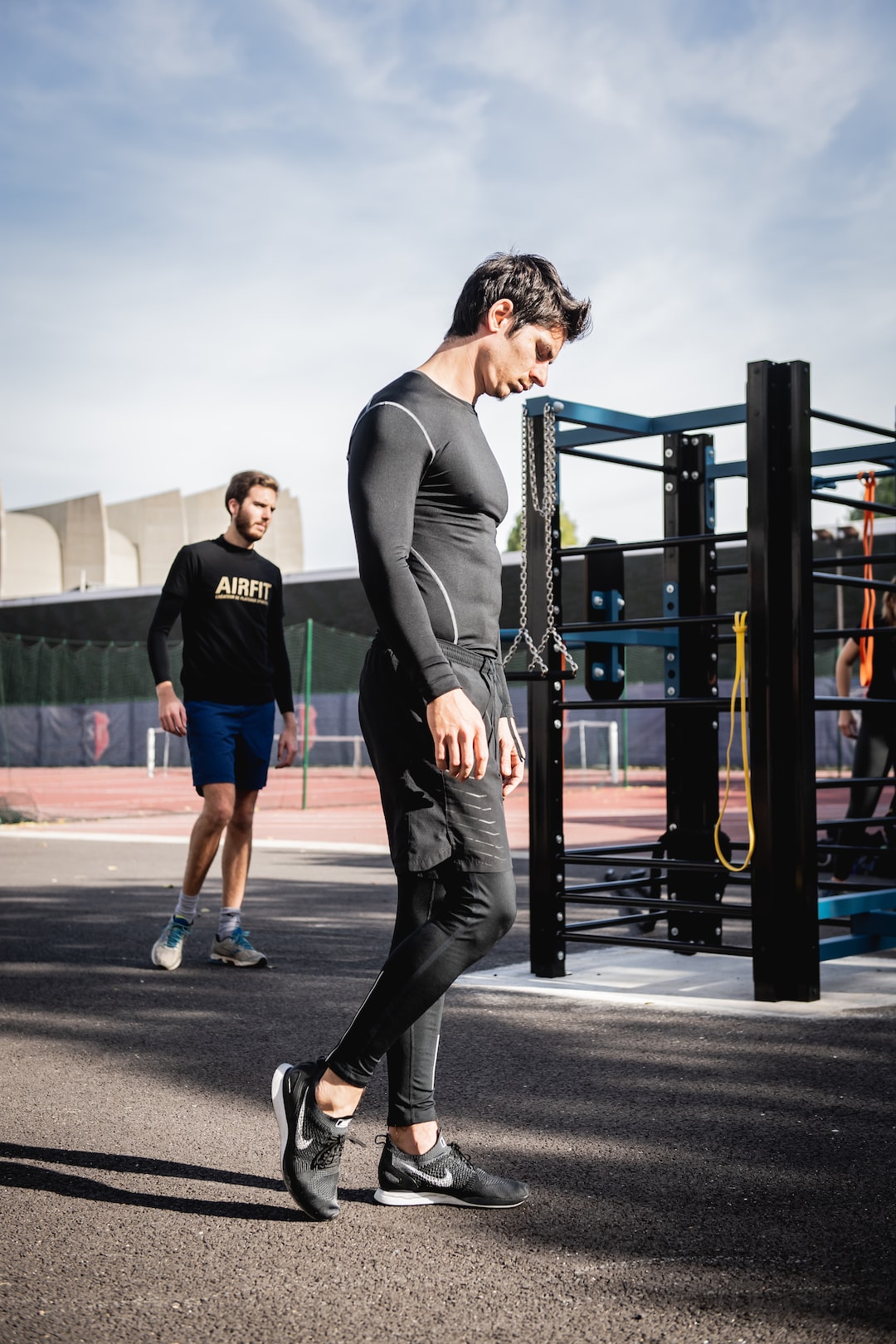Understanding the Different Types of Athletic Footwear and Their Purposes
When it comes to athletic activities, choosing the right footwear is crucial. Whether you’re a professional athlete or a casual fitness enthusiast, the type of athletic shoes you wear can greatly impact your performance and prevent potential injuries. With a multitude of athletic footwear options available in the market, it can be overwhelming to decide which one is best suited for your needs. In this blog post, we will delve into the different types of athletic footwear and their specific purposes, helping you make an informed decision.
1. Running Shoes:
Running shoes are designed for – you guessed it – running! They feature a specialized cushioning system that absorbs impact and provides support during repetitive motions. These shoes typically have a lighter construction to promote agility and swift movements. Depending on the surface you’ll be running on, there are specific variations available. For example, trail running shoes have sturdy soles and increased traction to tackle off-road terrains, while road running shoes are perfect for pavement or track running.
2. Cross-Training Shoes:
Cross-training shoes are designed to cater to a range of activities, from weightlifting to HIIT workouts. These shoes provide stability and support during lateral movements and offer the flexibility needed for multidirectional training. Cross-training shoes are suitable for gym-goers who engage in a variety of activities, as they are versatile enough to accommodate multiple forms of exercise within a single session.
3. Basketball Shoes:
Basketball shoes are built with a focus on ankle support, cushioning, and traction. With the constant jumping, quick cuts, and abrupt changes in direction involved in basketball, these shoes provide stability and prevent ankle injuries. High-top basketball shoes offer additional ankle support, while low-top models promote flexibility and lightweight movement. Your personal playing style and the level of ankle support you require should dictate the type of basketball shoes you choose.
4. Soccer Cleats:
When it comes to soccer, specialized footwear is essential. Soccer cleats feature studs or blades on the sole to provide traction on grassy fields. The design of these shoes helps players maintain balance and change direction swiftly. Soccer cleats come in different variations suited for various field conditions – firm ground cleats for dry grass, soft ground cleats for muddy fields, and turf cleats for artificial surfaces. Selecting the appropriate type of cleats can enhance your performance and prevent slips and slides on the field.
5. Tennis Shoes:
Tennis shoes are specifically designed for the demands of the sport. They offer a balance of lateral stability and flexibility, allowing players to move quickly and make sudden stops and turns. Tennis shoes often have additional toe protectors and a reinforced upper to withstand the rigors of the game. They also have a unique outsole pattern that provides excellent traction on hard courts, grass, or clay. Wearing tennis shoes while playing ensures optimum performance and helps prevent injuries like twisted ankles or blisters.
6. Walking Shoes:
Walking shoes are designed to provide comfort and support during long walks or leisurely strolls. They typically have a more flexible sole and cushioning to absorb impact with each step. Walking shoes prioritize comfort over performance, making them perfect for individuals who enjoy low-impact activities or those recovering from injuries.
In conclusion, understanding the different types of athletic footwear and their purposes is invaluable in making an informed decision when choosing the right shoes for your athletic activities. Whether you’re a runner, basketball player, tennis enthusiast, or simply someone who enjoys staying active, investing in the appropriate footwear can enhance your performance, prevent injuries, and improve overall comfort. So, the next time you hit the track, field, or gym, make sure you’re equipped with the right pair of athletic shoes – your feet will thank you!
